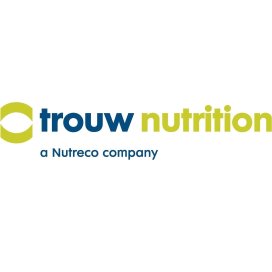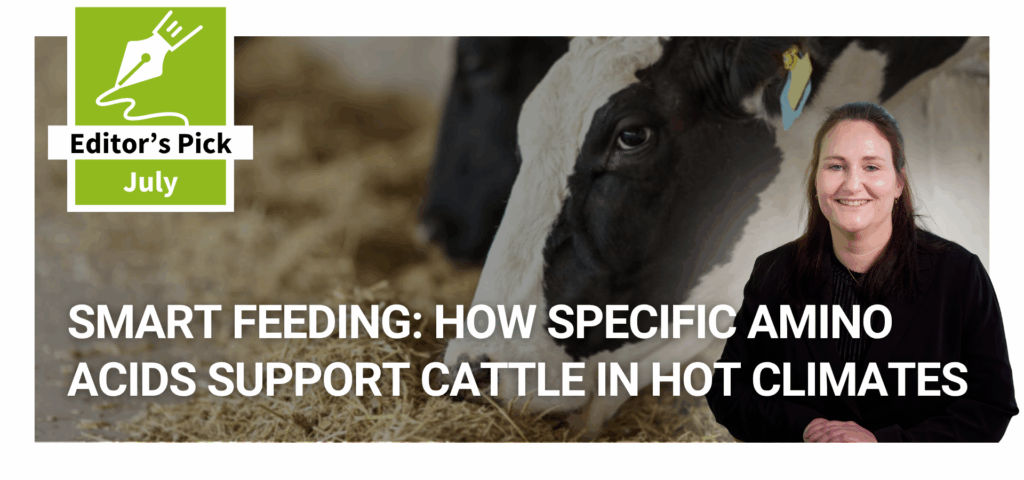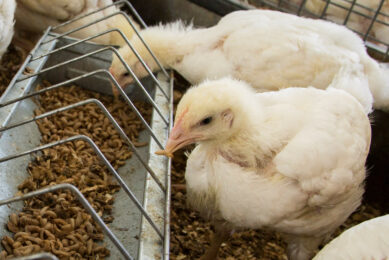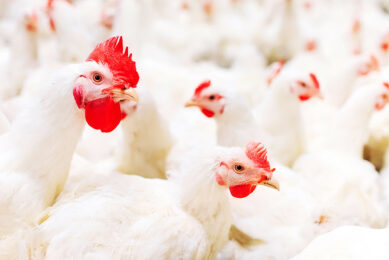Supporting layer productivity in hot climates by adding organic acids to drinking water
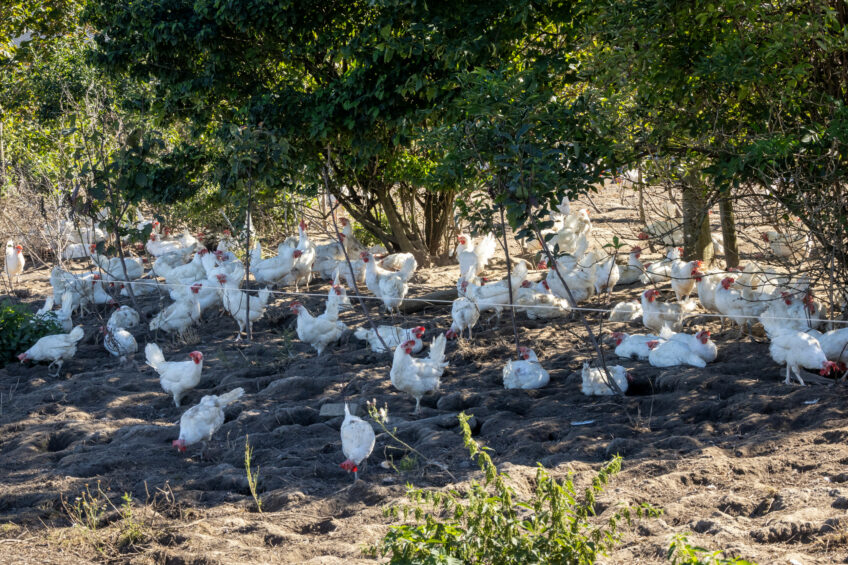
When temperatures heat up, poultry performance and profitability can plummet. This production dilemma is especially concerning given that temperatures in the last decade have reflected the warmest years on record. Hot temperatures place additional stress on laying hens as heat stress reduces hens’ feed intake, compromises laying, adversely affects health and increases mortality rates.
Much of the world’s poultry production is located in hot climates: Asia accounts for the largest amount of egg production followed by the USA and Brazil. Some straight-forward and economically viable “best practices” can help support animals raised in hot conditions. For example, providing an unrestricted supply of clean cool drinking water and nutritional supports can help birds maintain feed intake and egg laying in hot conditions. These interventions are economically viable for producers and can help reduce mortality rates by more than 50%. Before addressing the research that support these findings, lets consider the costs that heat costs can pose for poultry production.
Mortality rates and red flags for farmers
Laying hen mortality rates pose a considerable threat to farmers’ and integrators’ profitability. In the EU, one dead laying hen at mid-production represents a loss of around €18. This value jumps to €36 when a laying hen dies at the start of the laying period. The genetic management manuals indicate that acceptable mortality rates range between 0.8 and 1.5% per week. Pereira et al. (2010), classified the mortality index as normal at < 1.2% and high at > 1.2 %. The ideal temperature for laying hens is from 18-24 °C. When exposed to 30 °C, hens eat less, lay smaller eggs, and eventually total egg production is reduced. A reduction in egg production and an increase in egg conversion ratio (ECR) are red flags for farmers, because fewer eggs laid with the same feed consumption means economic losses even without considering the cost of higher mortality.
Although environmentally controlled house systems can maintain cooler temperatures, such housing is not widely used in many production regions. Poultry farms in hot climates typically have open houses, meaning they cannot regulate temperature and need to rely on other strategies. Management practices, such as providing adequate nutrition and a good environment can help mitigate the challenges hens face in hot climates and heat waves. The quality and temperature of water can also help hens reduce their body temperature and maintain feed intake, supporting good egg production.
Managing heat stressed flocks
Water intake is the key to good feed intake, especially in hot climates. Birds can reduce body temperature by drinking cool water. The feed intake ratio at 15°C for example is 1.8 while at 30-35°C it is 4.9, which is a common situation in open houses in hot climates. According to Daghir (2008), pullets drink twice as much per day at 38°C as compared to 21°C (Figure 1). Therefore, cool water of good quality should be always supplied.
Figure 1 – Water consumption of growing pullets in different house temperature.

Gut health is key to layer performance
To support cost-effective egg production in these climates – especially during heat waves – smart strategies must be applied. Maintaining a healthy gut is a key factor for better digestion and absorption of nutrients, especially good calcium absorption, which supports a stronger eggshell. Having more balanced intestinal microbiota also contributes to cleaner eggs. A variety of feed additives have been promoted to support gut health, including phytogenics, probiotics, prebiotics and organic acids. In general, their effects are related to gastrointestinal microbial balance, morphology and digestion.
Some solutions can be added via water, such as blends of free and buffered-organic acids. Selko carried out 5 laying hen trials in different countries, many in hot climates. The application of Selko AlpHa in water resulted in improvements in laying performance (+2.5%), egg conversion ratio (ECR, -2.01%), and mortality rate (-53.9%) (Table 1).
Reduced mortality, improved ECR
Reducing the mortality rate to 3.8% (53.9% of 7% [the average mortality rate] of 100,000 laying hens = 3,200 more active laying hens. The cost of a laying hen dying in the middle of the cycle is around €16 per bird. This means, when supplementing with Selko AlpHa, the profit is €51,200 (3,200 [%] x 16 [€]).
A 2.01% better ECR (Table 1) over the whole cycle means that 1.08 kg less feed is required per bird. 1.08 [kg] x €0.30 [feed price] = €0.33 lower feed cost per laying hen. With 100,000 laying hens, this represents €33,000 during a full cycle.
Considering that 1% laying performance has an average economic value of €0.28 per hen, a 2.5% better laying percentage (Table 1), results in €0.70 per hen (€0.28 x 2.5 [improved laying percentage]). On a farm of 100,000 laying hens, this is €70,000 for one full cycle. Therefore, total revenue, for the full cycle would be €154,200.
Normally, the Selko water additive would cost around €0.28 per laying hen over the whole cycle. However, as heat stress should be considered, we will assume an average water intake, twice as high, resulting in an investment per bird of €0.56. So, with 100,000 birds, the investment would be €56,000 for the full cycle. Considering the above calculations, the ROI would be €2.75 (€ 154,200 / € 56,000). This shows that smart nutritional strategies can help manage costs across the supply chain and benefit farmers’ bottom line.
References available upon request


